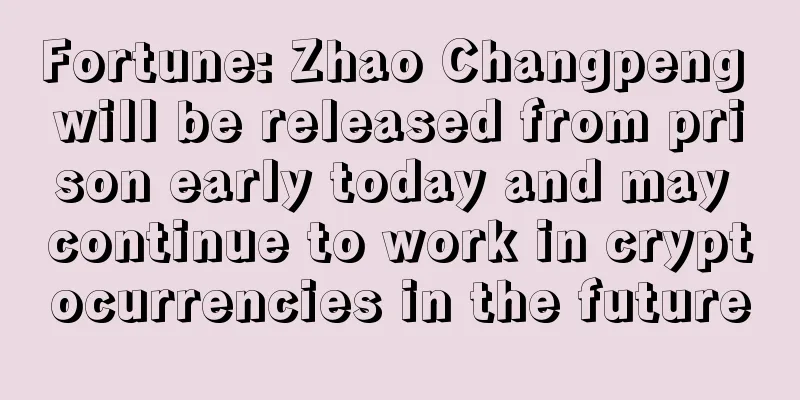IPFS: A Review of 2019

|
Let’s review 2019 together! From progress made across over 825 repositories to events taking place in at least 23 countries around the world, we’re taking a look back at 2019 and all the amazing things that happened with IPFS. We have seen some major versions in our implementation The js-ipfs team has successfully pushed out five major versions of your favorite JavaScript implementation of the InterPlanetary File System. V0.34.0 kicked off 2019 with increased speed and flexibility, followed by v0.35.0 which cut the bundle size in half. The 0.36.0 and 0.37.0 versions added URL-safe CIDs, DOM file support, new constructors, better DNSLink support, and delegated routing. As of last month and the v0.40.0 release, js-ipfs now ships with a repo migration tool that will automatically migrate repos in the browser, so go ahead and migrate, and switch to v1 CIDs in 2020. The go-ipfs guys released two major versions: version 0.4.20, which used go modules instead of GX for the first time, greatly improved content routing, and made some major changes to commands, including ipfs swarm connect, ipfs add URL, etc. . V0.4.21 added some important fixes, as well as some new features such as experimental TLS1.3 support (to eventually replace secio) and OpenSSL support for SECIO handshakes. Now the go-ipfs team is looking forward to releasing v0.5 this year. IPFS Cluster Reaches Critical Point In 2019, support for IPFS Cluster started to pick up. The project got better documentation, released not one, but two major versions, and the Cluster team started hosting workshops at events. In March, version 0.10.0 brought support for CRDT consensus, and the largest release in the project's history, 0.11.0, led to the creation of new CRDT components. We've already started to see people using IPFS Cluster in the wild, as it's now on version 0.12.0. To follow news about IPFS Cluster in the new year, subscribe to the RSS feed at cluster.ipfs.io/news. IPFS Camp brings us together In June, the first-ever IPFS Camp brought 160 campers from 22+ countries to Barcelona, Spain for three days of workshops, lectures, deep dives, a sci-fi expo, an epic poster session, lightning talks, and more. If you can’t make it, the presentations will be recorded. Here is a video of Juan Benet’s IPFS Camp “Why IPFS?”. Watch the rest of these top five videos on IPFS revenue this summer:
For more sources, check out the many YouTube playlists containing IPFS Camp videos. The project had a great year Textile Our friends at Textile have had a very busy year! They released mobile SDKs for iOS and Android, introduced a JavaScript client, an embeddable implementation to simplify desktop building, and Threads, a new protocol and event-sourced database for decentralized user-isolated data. On top of that, they built an awesome peer-to-peer game (seriously!), overhauled their entire website, and brought the joy of IPFS to countless decentralized events. We can’t wait to see what they come up with this year. Peergos The p2p http proxy that Peergos (pronounced peer-goss in gossip) has developed this year is massive. It enables a seamless transition from any current architecture to an IPFS-based and DNS-free architecture for any application. That’s how they started the year! Add Peergos alpha releases, a great presentation at IPFS camp, launching apps on Peergos, tossing around some great releases, and adding atomic access control throughout the year, and that doesn’t cover it all. Great work, all around! Temporal The enterprise-minded folks at Temporal have been very busy leveraging IPFS technology to power a distributed data storage system that can be easily integrated. Between collaborations with some of our favorite partners: Permaweb, Textile, Dappkit, launching the S3 API, absolutely dominating social media gaming, and creating a digital playground for testing IPFS capabilities (you can play with 3GB for free!), 2019 has been a great year for us at Temporal. Q Qri (for "query") started work in February and they are a Git based go-ipfs for datasets (now supporting a variety of data formats). Frankly, they are very happy to see the brilliant release notes and interesting data interpretations (see "Booting the Machine - MLB Edition"). Qri has also released a beta version, some excellent tutorials, a desktop version (now in v0.3.1), and started hosting community calls, so keep an eye on them in 2020. Filecoin launches their alphanet and testnet After years of hard work, the Filecoin project kicked off 2019 by opening its GitHub repository and launching alphanet. Not only that, Filecoin also released its first implementation, Lotus, an experimental codebase written in Go, which is the first implementation. Last month, the team launched the testnet (on schedule!) and shared a roadmap for the mainnet launch, which is scheduled for early this spring. ProtoSchool spread to more than 20 countries within a year Launched this time last year, ProtoSchool has successfully created communities around the world dedicated to teaching decentralized web protocols through online tutorials and local events. With chapters on four continents and counting, and interactive tutorials on decentralized data structures, mutable file systems, peer-to-peer storage, and more, 2020 is shaping up to be another significant period of growth for this educational community effort. Things that keep us going
Coming in 2020 Welcome to a new year of IPFS documentation with a fresh new look - now completely redesigned with search, reorganized content, helpful tips, and more on the new Beta site. Getting started with IPFS has never been easier. Help us drive new documentation efforts by making a contribution. In the upcoming year, we hope to make a lot of progress towards goals such as making IPFS the default way to distribute files or collections of files over 1GB, or providing strong support and edge capabilities for powerful decentralized web applications based on p2p connections. Join us as we tackle problems in encryption and personal networks, and plot our way to Mars and beyond. ?(https://github.com/ipfs/roadmap#-interplanetary-web---mars-2024-d3-e3-i4) |
>>: Bitcoin halving and the efficient market hypothesis in one article
Recommend
Moles on a woman's forehead What does a mole on a woman's forehead mean?
1. A woman has a mole on her forehead Tianzhong i...
Men with moles on their eyebrows are prone to emotional problems
How to interpret the mole on a man’s eyebrow? Mol...
Do men with their mouth corners facing upwards have bad tempers?
If a man has a very bad temper, then at least it ...
A woman's face that looks very bad
Sometimes, the kindness of people is beyond our i...
Will the surge in computing power affect the payback period of mining?
Time flies and we have entered August unknowingly...
Are men with connected eyebrows very jealous?
From the perspective of physiognomy, many people&...
The central bank has issued another virtual currency regulatory document. What are the new statements?
At 5:00 p.m. yesterday, the People's Bank of ...
A girl's love fortune can be seen from her ears
A girl's love fortune can be seen from her ea...
Lustful mole on a woman's face
Monroe mole: A mole like Marilyn Monroe's is ...
Is it good for a woman to have a high forehead? What does a high forehead mean?
Women with high foreheads like to give orders If ...
How to look at a woman's face shape?
Face reading is an academic discipline that has b...
The appearance of a woman with a bad marriage and a good career
Usually women with good personalities are good fo...
What does Lianzhen Tianfu represent?
Lian Zhen is responsible and conscientious, has n...
Germany Tries to Track Bitcoin Transactions to Stop Terrorism Financing
Germany wants to bring electronic money under gov...
How can people with small nostrils improve their luck?
The nose is a person's palace of wealth. Ther...









